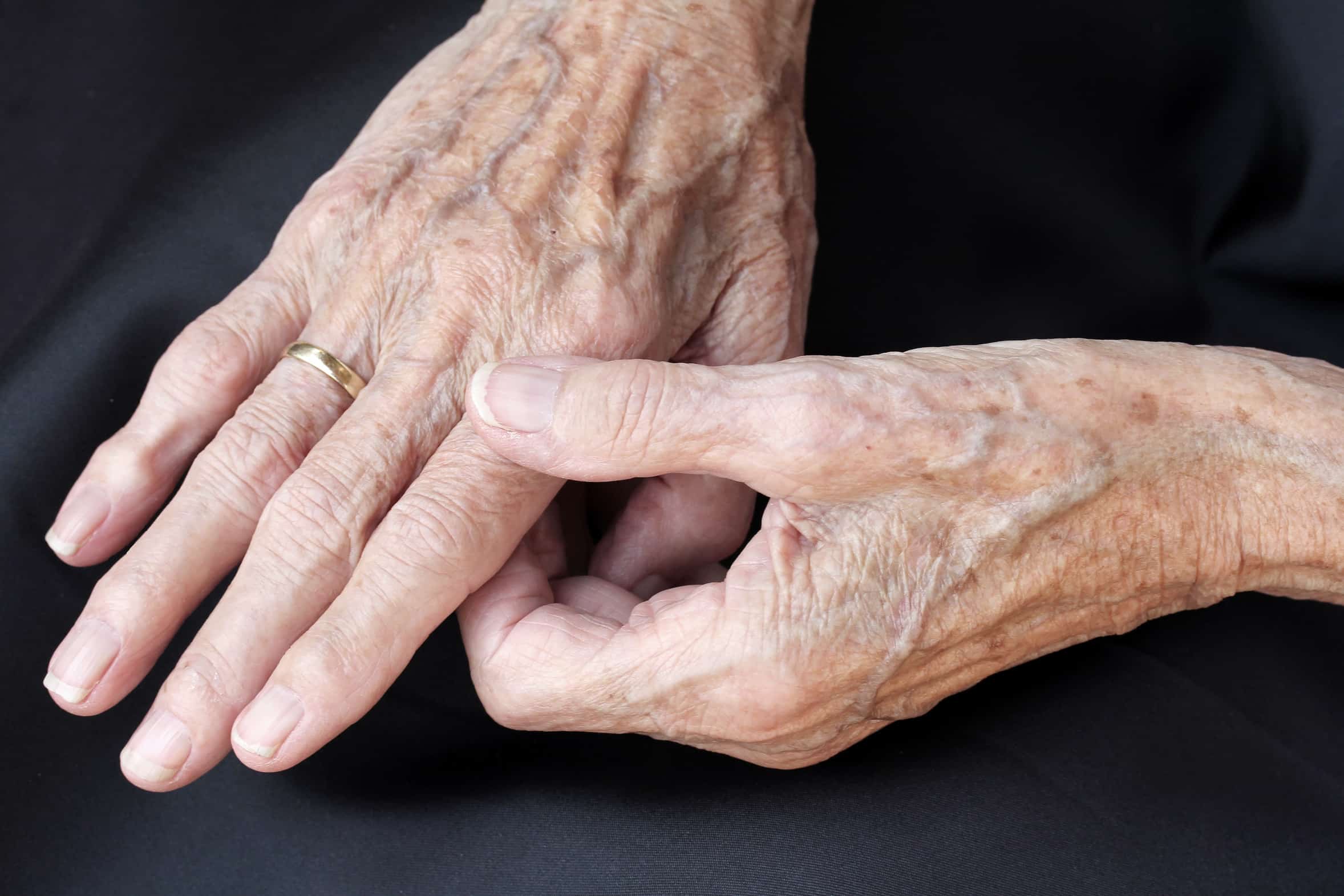Pigmentation disorders

In the cosmetic sense, pigmentation disorders are small areas of skin where higher or lower concentrations of melanin are found. These include freckles, age spots and birthmarks.
Pigmentation disorders are usually harmless
It often happens in spring, the first rays of the sun pamper our skin and virtually overnight the “brown spots” appear. Pigmentation disorders are mostly harmless and only indicate ageing. And this is exactly the reason. A study conducted by the Ludwig Boltzmann Institute in Vienna in 2006 showed that skin with an uneven complexion is estimated to be 10-12 years older than “flawless skin”.
Age spots are often a sign of unprotected sunbathing in the past and usually appear on the face, décolleté area, hands and forearms after the age of 40. Age spots are not dangerous, but should be examined regularly as part of skin screening. Sometimes these pigmentary disorders can degenerate and take on an irregular shape, which can then mutate into dangerous skin cancer.
What pigmentation disorders are there?
The dermatologist distinguishes between 6 different pigment disorders.
Birthmark: limited, benign pigment disorder, usually congenital
Depigmentation: light patches in the skin, only a few or no melanin-producing cells left in the skin
Freckles: small reddish or yellowish spots as a result of pigment overproduction, usually only affects people with fair, sensitive skin
Age spots: Accumulation of the metabolic product lipofuscin. Skin cells are no longer able to break it down.
Chloasma: patchy brown colouring caused by hormonal fluctuations (e.g. during pregnancy, menopause).
Post-inflammatory pigment spots: Melanin accumulation as a result of inflammation, irritation or injury to the skin.
Treatment of pigmentation disorders
Those who suffer from pigmentation disorders should use products with a high level of UV protection (facial creams with SPF 30 and, on holiday, sun care products with SPF 50+) so that fewer spots appear in the future. The quickest method is to cover up with a suitable foundation and light-reflecting pigments. With the appropriate skin tone of a lightly tinted CC cream (ColourCorrectionCream), you can achieve an even skin tone and cover up any disturbing pigment disorders.
Special products with lightening active ingredients such as resorcinol, lumicinol, ellagic acid or salicylic acid can lighten the areas with pigmentation disorders. Natural active ingredients such as vitamin C and watercress extract can also gently lighten these brown areas and even out the skin tone. However, these treatments take a long time and the first results are only visible after 8-12 weeks.
If you are more impatient, you can book laser treatments with a dermatologist, whose special wavelengths destroy the pigment in the skin. Afterwards, consistent and high light protection is mandatory, otherwise it will lead to further damage of the skin.
If you would like to offer products to cover or treat pigmentation disorders, please contact us.
Literature:
Pandey A, Jatana GK, Sonthalia S.2022 Aug 8. In: StatPearls [Internet]. Treasure Island (FL): StatPearls Publishing; 2022 Jan–
Kojic acid applications in cosmetic and pharmaceutical preparations.
Saeedi M, Eslamifar M, Khezri K.Biomed Pharmacother. 2019 Feb;110:582-593
Topical treatment strategies to manipulate human skin pigmentation.
Rachmin I, Ostrowski SM, Weng QY, Fisher DE.Adv Drug Deliv Rev. 2020 Jan 1;153:65-71
Boo YC.Antioxidants (Basel). 2019 Aug 22;8(9):332
Del Bino S, Duval C, Bernerd F.Int J Mol Sci. 2018 Sep 8;19(9):2668
Merecz-Sadowska A, Sitarek P, Stelmach J, Zajdel K, Kucharska E, Zajdel R.Int J Mol Sci. 2022 Nov 26;23(23):14787
Basit A, Rahman A, Uddin R.J Ayub Med Coll Abbottabad. 2021 Apr-Jun;33(2):293-298
Obaid RJ, Mughal EU, Naeem N, Sadiq A, Alsantali RI, Jassas RS, Moussa Z, Ahmed SA.RSC Adv. 2021 Jun 23;11(36):22159-22198